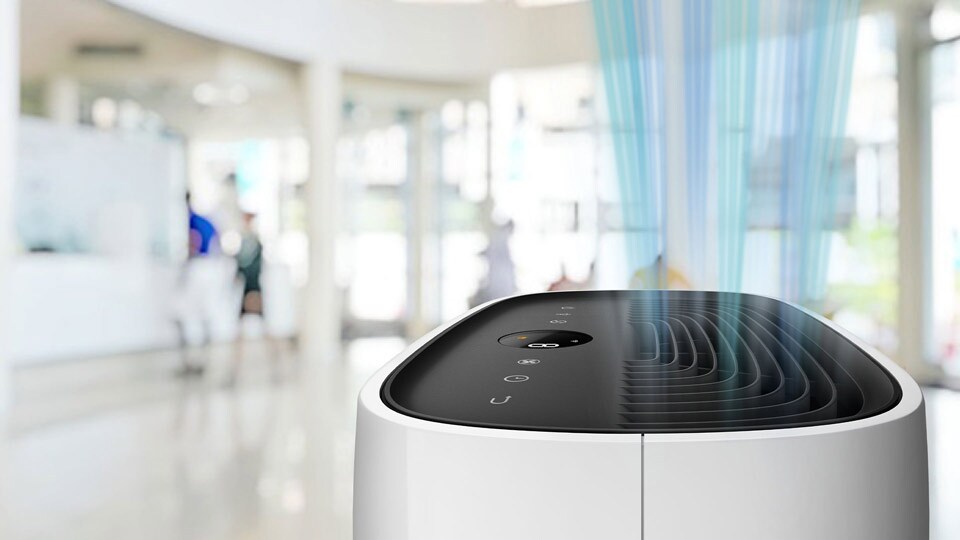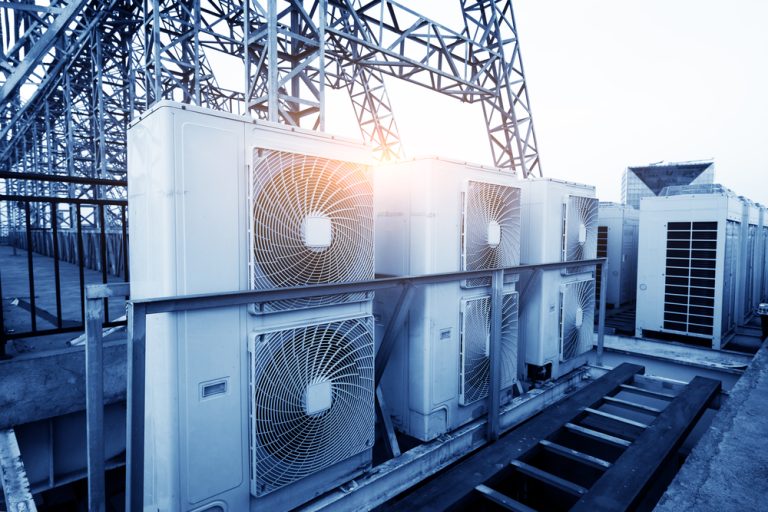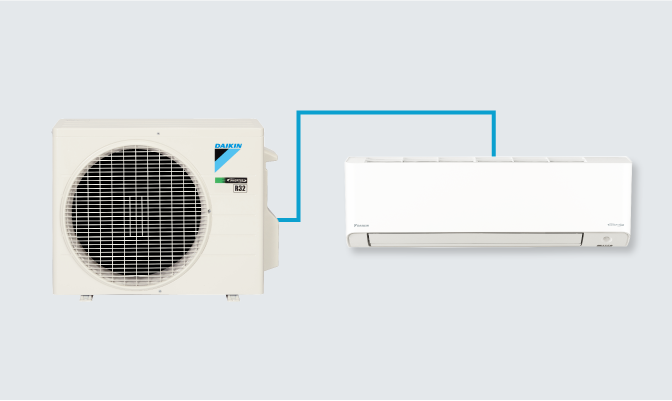Air purification solutions refer to a range of technologies and systems designed to improve indoor air quality by removing or reducing airborne pollutants, contaminants, and allergens. These solutions are employed to create cleaner and healthier indoor environments in homes, offices, hospitals, schools, and various other settings. The goal is to reduce the concentration of particles and harmful substances in the air, making it safer and more pleasant to breathe. Common air purification solutions include:
- Air Purifiers: These standalone devices or built-in systems use various technologies to remove particles and pollutants from the air, including:
- High-Efficiency Particulate Air (HEPA) Filters: Effective at trapping particles like dust, pollen, pet dander, and some microorganisms.
- Activated Carbon Filters: Absorb odors, gases, and chemical pollutants.
- UV-C Light: Destroys microorganisms like viruses and bacteria.
- Ionic Purification: Produces negative ions to attract and remove particles.
- Ozone Generators: Emit ozone to neutralize odors and some pollutants.
- Ventilation Systems: Proper ventilation is essential for indoor air quality. Mechanical ventilation systems bring in fresh outdoor air and exhaust stale indoor air, diluting pollutants.
- Whole-House Air Filtration: These systems are integrated into a building’s HVAC system to filter and purify the air throughout the entire structure.
- Portable Air Cleaners: Small, portable air purifiers that can be moved from room to room as needed.
- Dehumidifiers and Humidifiers: Maintaining appropriate humidity levels can prevent the growth of mold and dust mites, contributing to better air quality.
- UV Germicidal Lamps: Used in HVAC systems to disinfect the air by destroying bacteria, viruses, and mold.
- Electronic Air Cleaners: These use electrical charges to capture particles as they pass through the device.
- Natural Ventilation: Harnessing outdoor air for natural ventilation, such as through windows and openings.
- Filtration of Airborne Pathogens: Especially important in healthcare settings, air purification systems can help control the spread of airborne diseases by removing pathogens from the air.
Air purification solutions are vital for addressing indoor air quality issues, particularly when dealing with factors like allergens, smoke, pollutants, volatile organic compounds (VOCs), and microorganisms. They are employed to combat respiratory problems, reduce allergies, create a healthier indoor environment, and improve the overall comfort and well-being of occupants.
The choice of air purification solution depends on specific needs, the size of the space, the type and level of contaminants present, and budget considerations. Regular maintenance and proper usage are essential to ensure the continued effectiveness of these systems.







